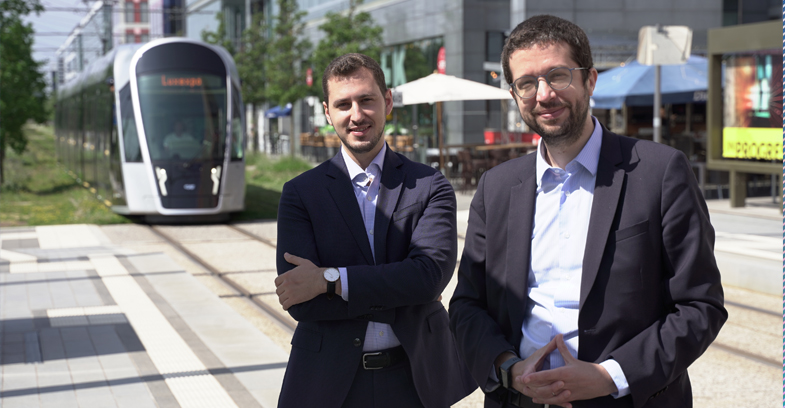TECH NEWS
Smart cities to the rescue: How can they help us achieve resilience in the post-pandemic era?
Half of the world's population now lives in cities and this proportion will rise to 70% by 2050. Rapid population growth comes with a wide range of challenges such as housing shortages, transport delays and air pollution. Solving all these problems will certainly require empowering our smart city projects.
July 29, 2021

Successful development and deployment of smart cities technologies will have major social and economic impacts as massive amounts of data are collected and used to improve efficiency in daily life and optimize or automate previously burdensome or inefficient governance tasks. But where do we stand worldwide on the transformation, and what initiatives already designed and implemented in the world, could we expect in our future smart city projects?
Although many countries are competing in the Smart city race, and many great initiatives are emerging from all over the world, when it comes to Smart Cities and their future, all eyes are on the Asian Continent.
China has become the worldwide leader in smart cities initiatives combining embedded sensors, metering devices, cameras, and other monitoring technologies with big data processing to help manage cities and public spaces. China has indeed clearly elevated the deployment of smart cities to a national strategy and invested government funds towards accelerating the expansion of such projects.
One example is the city of Beijing, where the city’s public services have introduced the Beijing Citizen Social Service Card, a virtual card that integrates all kinds of information, such as identity documents, social security, health conditions, and education information. The purpose of the card is to enhance the efficiency of the city’s public services, reducing bureaucratic procedures while helping to make life simpler and more convenient for residents. Further down the road is Chengdu, wherein a few stores, customers already have the possibility to “Pay with their faces” by using facial recognition technology. The intention of this solution is to increase security, limit human contact, while streamlining customer payment, as the whole process is taking between 5 to 45 seconds.
In Europe, although it may seem that smart city initiatives are lagging behind Asia, we nevertheless observe a rush towards adoption of advanced technologies in order to reach efficiencies in the fields of urban transport networks, water supply, and waste disposal facilities and more efficient ways to light and heat buildings. For example, Amsterdam’s street lighting has been upgraded to allow municipal councils to lower the lights based on foot traffic or modify them based on the weather. Energy saved can then be utilized for other purposes, such as powering the WiFi network or monitoring air quality. Likewise, Barcelona has implemented sensor technology in the irrigation system of the city’s public parks, where real time data is transmitted to gardening crews about the level of water required for the plants.
The European Commission is determined to play an important role in the acceleration of the transformation of EU cities, by launching challenges (such as the 100 Intelligent Cities challenge) to assist cities in modernizing and digitalizing their city models and mobility plans.
The Covid-19 pandemic has brought new challenges to the development and operations of cities around the world and has shown us that cooperation and technology can make cities thrive and succeed. A mindset shift towards a more collaborative approach to combine resources is required to optimize urban management solutions as Covid-19 re-emphasized the importance of connection as the cornerstone of a productive, sustainable, and resilient city.
The adoption of 5G is the key turning point in the smart city transformation as it unlocks the true potential of Internet of Things (IoT). Because of its high-speed, low latency connectivity, and its ability to handle a massive number of connections, 5G support the accelerated development of cutting edge cloud solutions, intelligent transportation system, enhancement of remote work and remote learning, as well as the deployment of new applications ranging from monitoring air quality, energy use, traffic patterns and street lighting, smart parking, crowd management, and emergency response…
Unlocking the opportunities
The pandemic unlocked many opportunities, one being crafting a more collaborative environment, with special attention put on private and public co-operation, in order to reach enough funds and invest in the transformation of our cities. Secondly, the appropriate involvement of talent and experts from different sectors, quick integration, and acceleration in the use of the most advanced technology will be key in developing an improved data-driven infrastructure. As a result, this will help to make more informed decisions, solve real-time issues and achieve resilience in the post-pandemic era. In other words, the world’s biggest problems today could be the world’s biggest opportunity tomorrow.